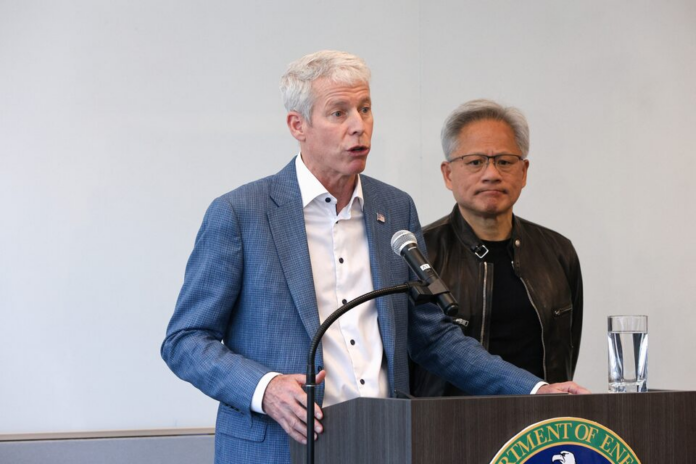The U.S. Department of Energy announced Thursday that its upcoming supercomputer “Doudna,” scheduled to go online in 2026, will use technology from Nvidia and Dell.
Named after Nobel Prize-winning scientist Jennifer Doudna, known for her work on CRISPR gene-editing, the system will be installed at Lawrence Berkeley National Laboratory in Berkeley, California.
At an event attended by Energy Secretary Chris Wright, officials said Doudna will feature Nvidia’s latest “Vera Rubin” chips, housed in liquid-cooled servers developed by Dell. The supercomputer will support research by more than 11,000 scientists across disciplines including chemistry, physics, and biology.
“It will advance scientific discovery, from chemistry to physics to biology,” Wright said during the press conference.
Doudna said her early CRISPR research was supported by the Energy Department and emphasized the growing connection between biology and computing.
The Energy Department operates several supercomputers that support scientific research and national security. These systems also play a role in the design and maintenance of the U.S. nuclear weapons stockpile.
“The scientific supercomputer is one of humanity’s most vital instruments,” Nvidia CEO Jensen Huang said at the event. “It is the foundation of scientific discovery for our country. It is also a foundation for economic and technology leadership, and with that, national security.”
Huang’s remarks followed recent political scrutiny over Nvidia’s international operations. On Wednesday, U.S. senators Jim Banks and Elizabeth Warren sent a letter to Huang expressing concerns over Nvidia’s plans to open a research and development facility in Shanghai.
Senator Tom Cotton, a Republican from Arkansas, wrote on social media platform X that restricting advanced AI chips from reaching China is a national security issue. “A word of warning to companies like Nvidia — anyone who breaks the law and circumvents export controls will be held accountable,” Cotton said.
























